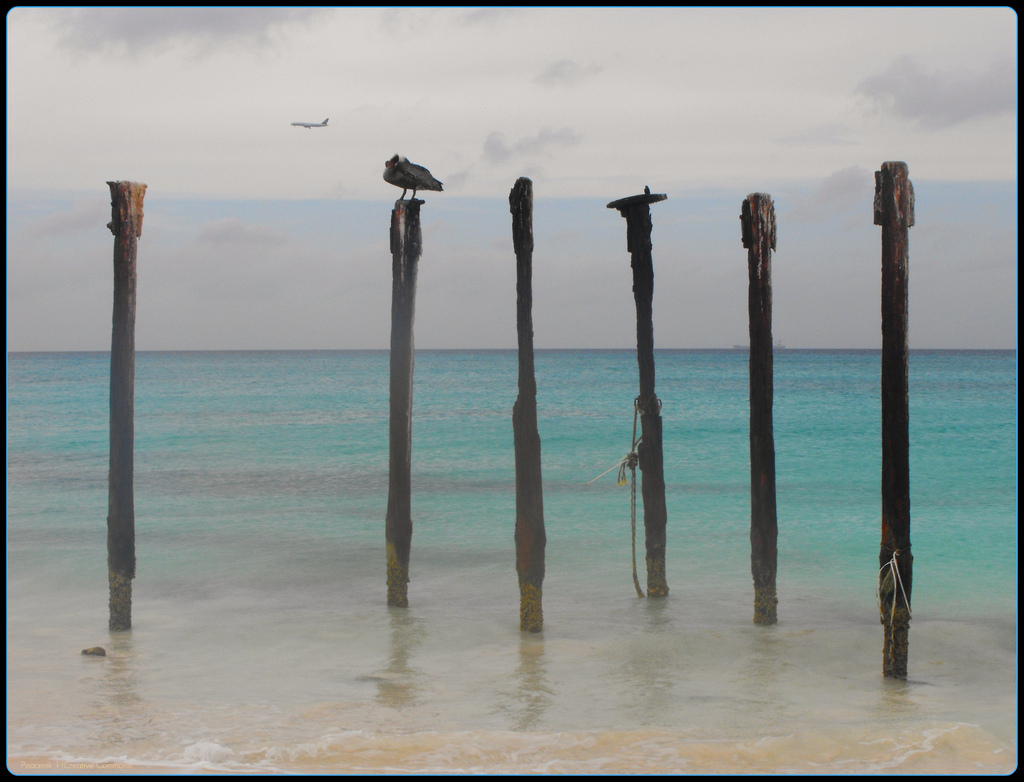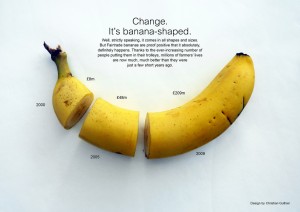Awesome Science Resources for Kids
Where else can you find great Science Resources for Kids? You can browse our archives here on Jump! Mag or you can check out the following sites.
We will update this list in the coming months, and will concentrate on resources you can access online – lectures, TV Shows, YouTube channels, online archives, websites and blogs with science tutorials so that you can roll up your sleeves and get stuck into science.
We will update this list regularly, so if you have something cool to add, let us know.
SPARXX
Sparxx is an initiative bought to you by the Women’s Engineering Society (WES).
Their aim is to bring you all the latest news, views, events, opportunities, careers, interesting stuff, fun stuff and freebies to help girls find inspiration for future careers. Sign up for their newsletter here.
The Royal Institution Christmas Lectures

The CHRISTMAS LECTURES® are entertaining and informative science events for young people, broadcast on UK television every year. You can watch them online here. Prepare to be amazed
UPDATE
The Royal Institution have just launched Experimental, a series of YouTube videos with great and simple experiments for parents and children to try at home. Find their YouTube Channel here.
Zooniverse
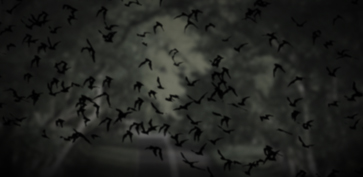
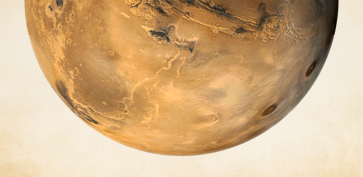
Real science, online – The Zooniverse is home to the internet’s largest, most popular and most successful citizen science projects. You can choose to help researchers characterize bat calls, or explore Mars, without leaving your house.
Crash Course
Six awesome courses in one awesome channel: John Green teaches you US History and Hank Green teaches you Chemistry. Check out the playlists for past courses in World History, Biology, Literature, and Ecology
Bill Nye the Science Guy
Bill Nye is a scientist, engineer, comedian, author and inventor. His mission is to make science fun, and help people understand the science that makes our world work. Here are the Home Demos, the experiments you should try at home sometime. Keep clicking around and you’ll find the Episode Guides.
EdHeads
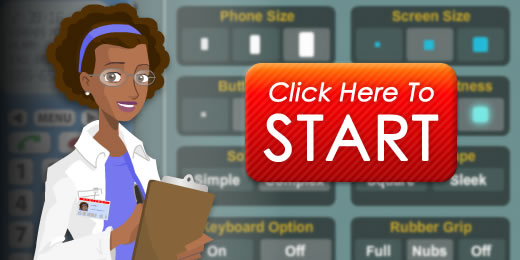
Edheads is an online educational resource that provides free science and math games and activities that promote critical thinking. You can design a mobile (cell) phone, repair a weakened aorta or learn about simple machines, and much more.
Science Projects for Kids
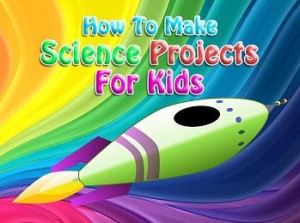
This is a site that links to lots of other sites – we loved the Amusement Park Physics – design your own roller-coaster but be careful because if you get the science wrong… DISASTER!
Silvia’s Show
Silvia is a young girl from California, USA and she’s been making Super-Awesome webshows on making cool stuff since 2010. She demonstrates science experiments, and great craft projects. You’ll never be bored, when Silvia is around!
NASA
The kids pages on Nasa are awesome, and that is before we get to the videos of ELMO at NASA. Science and Sesame Street. It doesn’t get much better than this.
Veritaseum
Veritasium is a science video blog featuring experiments, expert interviews, cool demos, and discussions with the public about everything science – these are at times more advanced, but well worth a look.
SciShow
We love the short and snappy servings of science from the SciShow team.
Minute Physics
We just had to include this one, as the solar system explanation is so brilliant even our science dunce editor understood it!
Engineering is Elementary

Engineering is Elementary is a project of the National Center for Technological Literacy at the Museum of Science, Boston (MOS). They have fantastic resources for teachers and home-ed families, on a range of topics. Some of the content is free to use, and the teaching guides and stories can be purchased on the site.
Further resources
The National Science Teachers Association has a great list of books about science
National Geographic is a great website with a huge range of articles and fun stuff
Cool music and science from They May Be Giants and the Here Comes Science CD
Woodlands Resources Science for educational and fun activities
How Stuff Works – well, just that really
This is a bit of a niche Science subject, but really cool – Skateboarding Science
If you like computers and want to learn how to make your own programmes, BBC had this cool game toolkit so that you can make your own games and Code.org can teach you to code, as can Scratch
If your parents are on Twitter, get them to follow @realscientists – a rotational twitter account featuring real scientists, science writers, communicators and policy makers talking about their lives and their work. Tweeters from different fields of science and science-related fields.
How To Grow Your Own Geek is a podcast created to share a love of geeking and parenting, and to provide advice on how to combine the two. Check out their Science and History Podcasts for Kids
Coding Resources by DeVry Bootcamp has plenty of interesting resources for older or more advanced students.
Fairtrade Bananas
You might have seen the logo – stuck to bananas, in the corner of chocolate bars or perhaps on the label of jars of coffee or boxes of tea stacked on the supermarket shelves. But have you ever wondered exactly what the table ‘Fairtrade banana’ means and who it helps? Clara Wiggins explains all.
Until recently I lived in St Lucia, a small island in the Eastern Caribbean. A beautiful piece of paradise, St Lucia is one of the many islands in that part of the world that has relied for years on a combination of income from tourism and the sales of its fruit and vegetables – specifically bananas – to gives its people a reasonable standing of living. Life on these small islands is tough, they are very vulnerable to things like hurricanes and outside events that stop tourists coming on holiday. But as long as people bought their produce, the people of St Lucia were able to get by and children were able to go to school and get a good education.
Unfortunately, things changed. A few years ago, a change in trade laws meant that the UK stopped buying so many of their bananas from St Lucia and other islands in that part of the Caribbean – known as the Windward Islands – and started buying more of them from Latin America and West Africa.
Supermarkets in this country also became increasingly competitive and wanted to offer their customers cheaper produce to buy. As bananas have always traditionally been one of the most popular items for supermarket shoppers, these were offered at lower and lower prices – meaning the farmers who were growing them were getting paid less and all the people who relied on their income were finding it harder and harder to survive.
This is where Fairtrade stepped in. As an organisation, the Fairtrade Foundation ensures that farmers and other producers are offered a fair and stable price for their goods – and at the same time help improve the working and living conditions of the workers and their families.
After the changes to the trading laws meant fewer bananas were bought from St Lucia and the other islands, the number of banana farmers dropped from 27,000 to around 4,000 – which led to high unemployment, youth unrest and an increase in poverty. But the first consignment of Fairtrade bananas was shipped to the UK in 2000 and since then volumes have grown until today more than 90% of the farmers in the Windwards belong to a Fairtrade group. The knowledge that they will get a good price for their fruit has changed the lives of the farmers. Now they can afford things that we take for granted, like health care and decent education for their children. It also means they can use the money to invest in expanding into other areas and hopefully build back up the number of people employed in this work.
Of course Fairtrade isn’t just about bananas from the Caribbean – you can now buy a huge range of goods including chocolate, flowers, rice, sugar, even beauty products all stamped with the Fairtrade logo from countries across the globe. And every time you do so, you know you are helping someone like the banana farmers to build a better future for themselves and their families.
But as well as buying Fairtrade goods, another way to get involved is to turn your own school into a Fairtrade school.
A Fairtrade school is one that uses Fairtrade products as far as possible, commits itself to learning about how global trade works and why Fairtrade is important and takes action for Fairtrade in the school and wider community. Already, there are nearly 500 schools with Fairtrade status, with many more going through the process to gain certification.
As well as all the obvious reasons for doing it – ie helping the world become a fairer place and helping to reduce poverty – being part of a campaign to get your own school to become a Fairtrade School has many benefits closer to home. It could help you to develop your own skills, have a positive influence on your local school community and – above all – it can be great fun.
For more information on Fairtrade schools you can check out the Fairtrade Schools website
Check out the Fairtrade website to find out what other goods are available.
Traidcraft is anorganisation that campaigns for Fairtrade and can help your school to become a Fairtrade school.
If you enjoyed this article, don’t forget to click on the little <3 next to the title.
Clara is a trained journalist who worked in newspapers for several years before leaving the profession to travel round the world. On her return to the UK, she joined the Foreign Office where she worked in London and then at the British High Commission in Kingston, Jamaica. In 2005 she had her first daughter, followed by her second in 2007. She left the FCO to become a stay at home mother and to accompany her husband on postings to Pakistan and St Lucia. Now living back in the UK, she is currently training to be an antenatal teacher, writing freelance and planning a book about trailing spouses.




